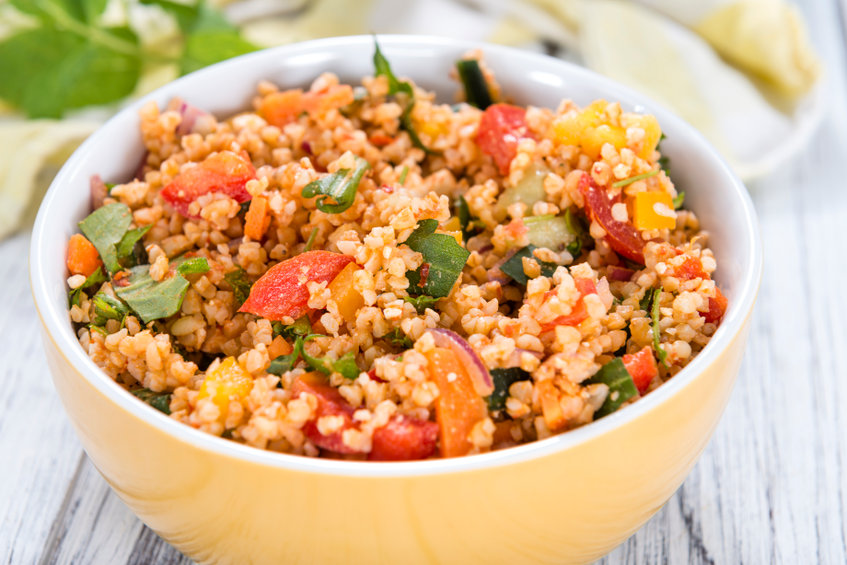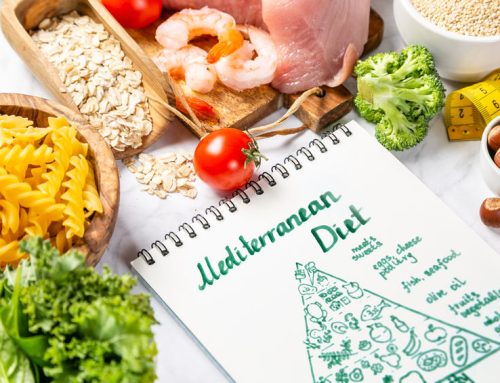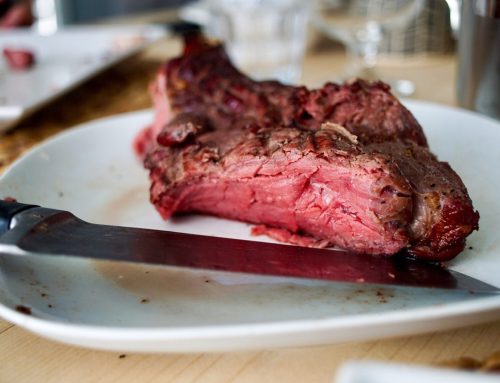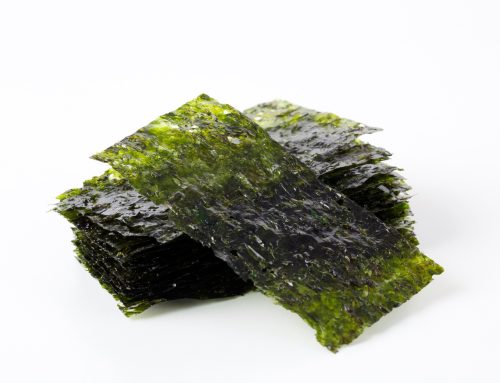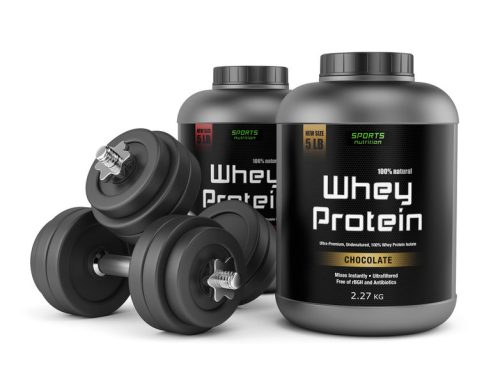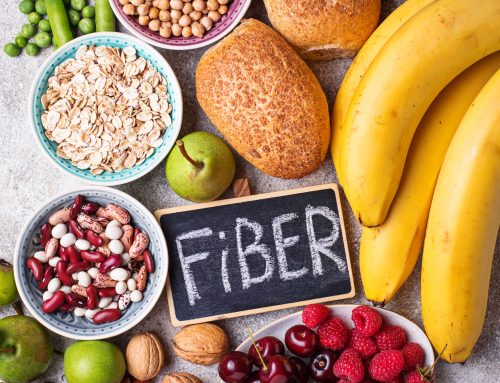What is bulgur? You’ve probably heard of it, but never tried it.
It may not be the first grain you think to add to your cart on a grocery trip. While this grain is most commonly associated with the side dish tabbouleh, bulgur is a great addition to most diets—beyond this savory salad. In fact, it’s part of the popular Mediterranean diet, which is frequently named one of the healthiest eating styles to choose from.
This healthy grain is super easy to prepare and chock-full of nutritional benefits. If you’re looking for a new grain to add to your weekly repertoire, look no further. Keep reading to learn more about this fuss-free, easy-to-prepare, and super-accessible grain that’s a pantry must-have.
What is bulgur?
According to registered dietitian Amy Gorin, M.S., RDN, and owner of Plant-Based Eats, bulgur is a grain made from wheat groats or kernels. These hulled kernels are parboiled, dried and ground, and then packaged up and sold labeled as bulgur wheat. As for taste, you can expect a mild nutty flavor. It works as a great side dish to a variety of meals (more on that below). The consistency is similar to that of quinoa: slightly chewy and soft.
Because the process of making this grain includes partial cooking, registered dietitian Andrea Mathis, R.D., says bulgur is actually quick and easy to prepare, unlike other wheat products like wheat berries. Plus, it’s relatively inexpensive, too.
Because it’s made from wheat, this grain is not gluten-free.
Nutrition
If you’re wondering if bulgur is a healthy option, the answer is a resounding yes. “You get 6 grams of protein, 8 grams of fiber, and a variety of minerals, including iron and manganese, in just 1 cup of cooked bulgur,” Gorin says. So yes, this food is full of nutritional value.
Mathis also notes that bulgur is considered a whole grain. “Eating a diet that’s rich in whole grains can help to promote heart health, support digestion, and balance blood sugar levels,” Mathis says.
• Is it healthier than quinoa?
Both experts agree that quinoa and bulgur are healthy options but offer different nutritional perks. “Quinoa contains more protein than bulgur, but bulgur offers more fiber,” Gorin says. Ultimately, both are great options to add to any meal—it really comes down to your dietary preference.
• Is it healthier than rice?
If you’re choosing between bulgur and rice, bulgur is definitely more nutritionally dense. It contains a higher amount of nutrients like fiber and protein, Mathis says. “And it’s a great source of vitamins and minerals, which are essential for our overall health.” This doesn’t mean you have to nix rice completely out of your diet, but it’s safe to say that bulgur packs a better nutritional punch than rice.
How to cook it
Since it’s already partially cooked, preparing it for a meal is a whole lot easier than you’d think. You can eat it alone as a side dish to a main meal, or you can add it to salads, pasta, and soups.
Instead of boiling it, you simply have to soak it to rehydrate the groats. “To prepare, add steaming hot water over the bulgur and allow it to sit for seven to 10 minutes,” Mathis suggests. “As the bulgur sits, the grains will absorb the water and become tender.” If you want to add more flavor to this whole-grain side dish, swap the water for chicken or vegetable broth. Either way, this healthy food is ready to consume in less than 15 minutes.
Click here to learn more about this healthy grain.


